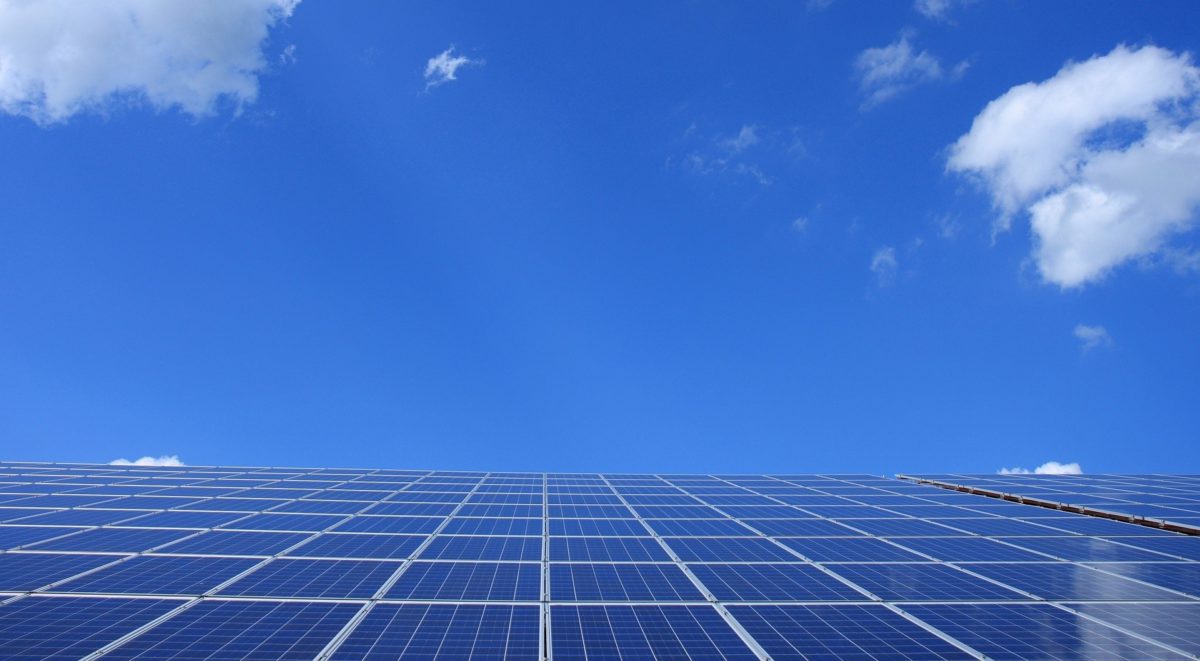Maxeon Solar Technologies said it will ramp up efforts to sell its Performance line shingled module technology in the U.S., facilitated by the deployment of up to 3.6 GW of new assembly capacity in two phases.
The expansion depends on the company obtaining debt or equity financing to buy equipment, after which initial sales are expected to start in the first quarter of 2022.
Maxeon already has a presence in the U.S. rooftop market through its supply of interdigitated back contact (IBC) panels to SunPower Corp. Maxeon said it will also supply the Performance panels to SunPower. Maxeon was launched in 2020 as an independent company following its spin-off from SunPower.
Maxeon said that in phase one of its capacity expansion it will use existing facilities to ramp 1.8 GW of new capacity. Large-format G12 mono-PERC solar cells are planned to be manufactured in the company’s site in Malaysia, and module assembly is planned to be done at a facility in Mexicali, Mexico.
The company next will select a site for a U.S.-based module assembly facility with a capacity of up to an additional 1.8 GW. Depending on site conditions and market demand, the second phase is expected to begin operation in 2023.
The company said that greater volume in Malaysia and Mexico will improve its overhead utilization, helping to drive down costs for its IBC products. It said its Mexicali factory is well-placed to reach customers in the Southwest U.S.
The new capacity will be used to manufacture Maxeon’s shingled bifacial panel technology, with a rated power of up to 650 W per panel and efficiency that the company said is greater than 21%. It said its primary target market for the new capacity will be utility-scale power plants and large commercial and industrial systems.
Canadian Solar starts Japanese projects
Canadian Solar said it began work on four solar projects in Japan totaling 143 MW. This portfolio includes the 100 MW Azuma Kofuji project located in the Fukushima Prefecture, and other projects totaling 43 MW in the Ibaraki and Hiroshima Prefectures.
The Azuma Kofuji project is Canadian Solar’s largest project in Japan to date. It will be powered with the company’s HiKu modules and is expected to reach commercial operation in the first quarter of 2023. Energy generated will be bought by the Tohoku Electric Power Co. at the rate of $0.34 per kWh.
The project is financed by Nomura Capital Investment Co. with construction debt of roughly $230 million. Juwi Shizen Energy will serve as a global EPC (Engineering, Procurement and Construction) firm on the project. The project is expected to participate in the Climate Bonds green certification process which is compatible with the new European Union Green Bond Standard.
Canadian clean energy investment
The Government of Canada is investing more than C$7.6 million ($6.03 million) for three clean energy projects in remote Arctic settlements in Nunavut.
The investments include:
- Roughly C$6.5 million ($5.15 million) for the Qikiqtaaluk Business Development Corp.’s Sanikiluaq Renewable Energy Demonstration Project that will install a high-penetration wind turbine and battery system that is anticipated to generate 4 million kWh of energy annually, displacing more than half of diesel fuel used to generate electricity in the community.
- Over C$750,000 ($594,000) for NRStor Inc. and the Hamlet of Arviat to conduct a front-end engineering design study for a hybrid wind, solar, and energy storage system to develop a detailed plan covering everything from power-purchase agreements to environmental assessment and permitting to enhance the Nunavut community’s ability to deliver renewable energy and reduce emissions.
- Another C$400,000 ($317,000) for the Government of Nunavut to develop a comprehensive Community Energy Plan with every community in Nunavut to serve as models for planning processes to be followed in the remaining communities.
The government is investing an additional C$300 million ($238 million) over five years to offer rural, remote and Indigenous communities currently reliant on diesel the opportunity to be powered by clean, reliable energy by 2030.
All three projects were funded through Natural Resources Canada’s Clean Energy for Rural and Remote Communities program, an eight-year program to reduce reliance on diesel in rural and remote communities by deploying and demonstrating renewable energy projects, encouraging energy efficiency, and building local skills and capacity.
It is also part of the Government of Canada’s Investing in Canada infrastructure plan, a more than C$180-billion ($143 billion) investment over 12 years in public transit projects, green infrastructure, social infrastructure, trade, and transportation routes and Canada’s rural and northern communities.
This content is protected by copyright and may not be reused. If you want to cooperate with us and would like to reuse some of our content, please contact: editors@pv-magazine.com.









By submitting this form you agree to pv magazine using your data for the purposes of publishing your comment.
Your personal data will only be disclosed or otherwise transmitted to third parties for the purposes of spam filtering or if this is necessary for technical maintenance of the website. Any other transfer to third parties will not take place unless this is justified on the basis of applicable data protection regulations or if pv magazine is legally obliged to do so.
You may revoke this consent at any time with effect for the future, in which case your personal data will be deleted immediately. Otherwise, your data will be deleted if pv magazine has processed your request or the purpose of data storage is fulfilled.
Further information on data privacy can be found in our Data Protection Policy.